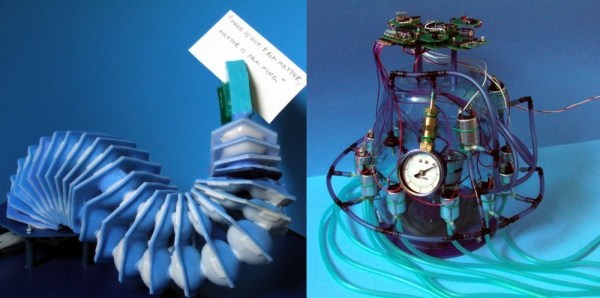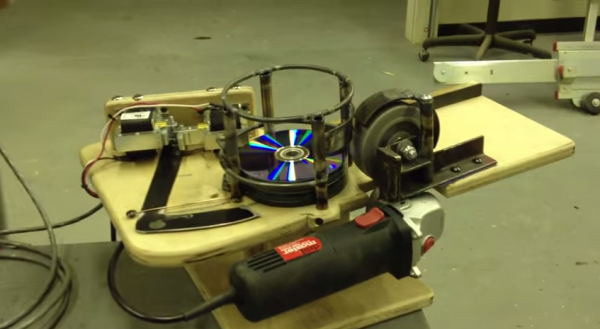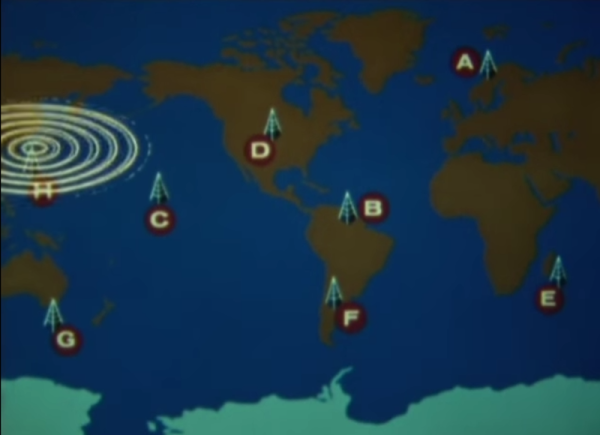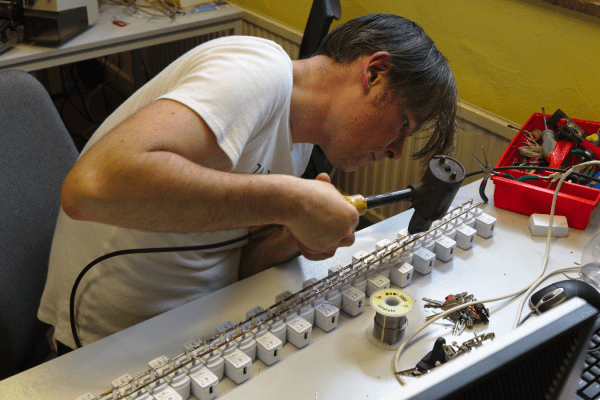This robot arm and gripper is made almost entirely out of silicone. Casting the parts by hand, [Mike] assembled this working, remote controlled robot arm gripper.
We’ll let that sink in for a minute. He turned an oversized tooth-paste tube of silicone caulking… into a pneumatic robotic arm. Holy cow. We’ve seen lots of soft robotics before, but this is some really cool stuff!
You see, [Mike] is actually planning on building an inexpensive prosthetic robot hand using this technology. This was merely a test to see how well he could make silicone based air muscles — we’d say it was pretty successful! Each silicone disk in this robotic appendage has four sealed pockets inside of it. When air flows in through them, they inflate, causing the entire appendage to stretch on one side. With four of these, and varying amounts of pressure, it’s possible to move the appendage in any direction!





 A ship’s receiving equipment performed navigation by comparing the phase difference between detected signals. This calculation was based around “lanes” that served to divvy up the distance between stations into equal divisions. A grid of these lanes formed by eight stations’ worth of overlapping signals provides intersecting lines of position (LOP) that give the sailor his fix.
A ship’s receiving equipment performed navigation by comparing the phase difference between detected signals. This calculation was based around “lanes” that served to divvy up the distance between stations into equal divisions. A grid of these lanes formed by eight stations’ worth of overlapping signals provides intersecting lines of position (LOP) that give the sailor his fix.

















